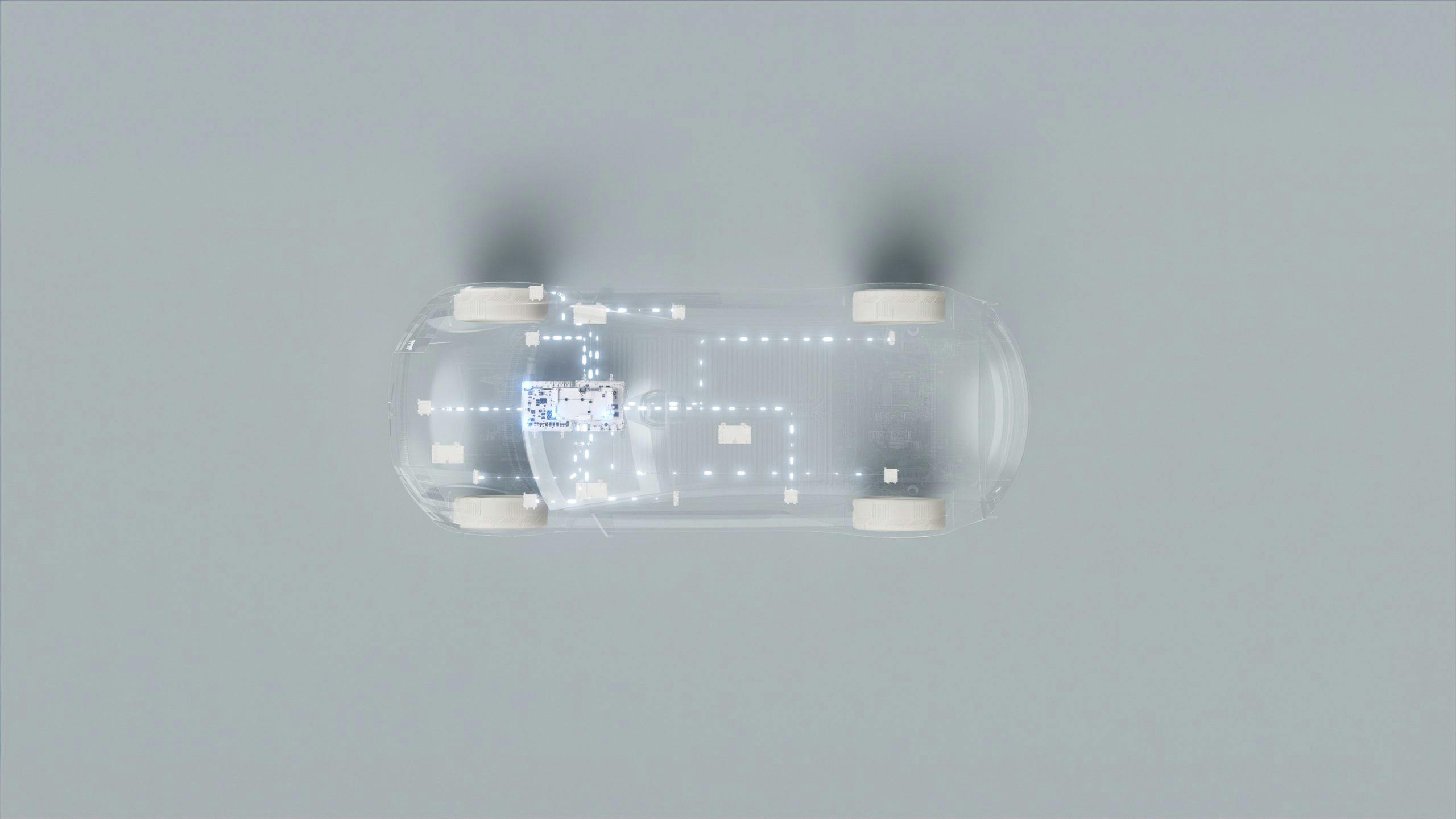Volvo’s upcoming range of battery-electric vehicles will be the first to use the brand’s own operating system. Dubbed VolvoCars.OS, this suite has been developed with faster, more flexible development in mind. This will also allow Volvo to send out more frequent over-the-air updates to vehicles already on the road, enabling cars to get improvements more often throughout their lifetime via software.
VolvoCars.OS will be an umbrella of different systems operating within the car and the cloud as a single environment. It will include Android Automotive OS, QNX, AUTOSAR, and Linux. The company will also give developers access through a variety of application programming interfaces (APIs). This means developers can get access vehicle sensor data, user interfaces, and fleet data via the cloud provided the customer allows it. As a result, new services and applications can be made specifically for Volvo cars.
“By developing software in-house, we can boost development speeds and improve your Volvo faster than we can today,” said Henrik Green, Volvo Car Group’s chief technology officer. “Just like on your smartphone or computer, new software and features can be rolled out swiftly through over-the-air updates, making your Volvo better and even more enjoyable over time.”
To maximize the benefits of its in-house-developed software, Volvo is centralizing the computing of data inside the core system of its upcoming battery-electric vehicles. Instead of relying on multiple electronic control units around the car that run individual features, the software that Volvo developed on its own will run a powerful core computing system inside the vehicle. This will be introduced first on a model set to debut in 2022, like the next XC90, and is composed of three main computers. They will support each other in doing everything from vision processing and artificial intelligence to general computing and infotainment operations. Moving to centralized computing also enables Volvo to separate software and hardware. As a result, the cycle for the latter will be shorter, allowing the brand to equip the newest models with the latest units available.
Although Volvo will move its vehicle development in-house, it’s not doing it without partners. NVIDIA will be working with them on the core systems while Google remains as their infotainment system partner. “We have a deliberate strategy of partnering with true technology leaders where it makes sense,” noted Green. “Google is a true leader in user experience and services, from Google Maps to Google Assistant, while NVIDIA gives us access to some of the fastest and best computing available.”
For Volvo, doing all development for their next generation of electric vehicles in-house helps improve their verticality. That speeds up to process of making the vehicle and getting it to the hands of consumers. At the same time, the company can get the latest technology out quickly via over-the-air updates, allowing it to keep its cars up to date with the latest technologies. Volvo, however, sees the value of working with partners that specialize in a certain field hence why it continues to make strategic partnerships in an effort to make its vehicles as user-friendly as possible. The fact that VolvoCars.OS is also open to third parties via APIs shows that Volvo is willing to collaborate with other companies to make the user experience as seamless as possible.

